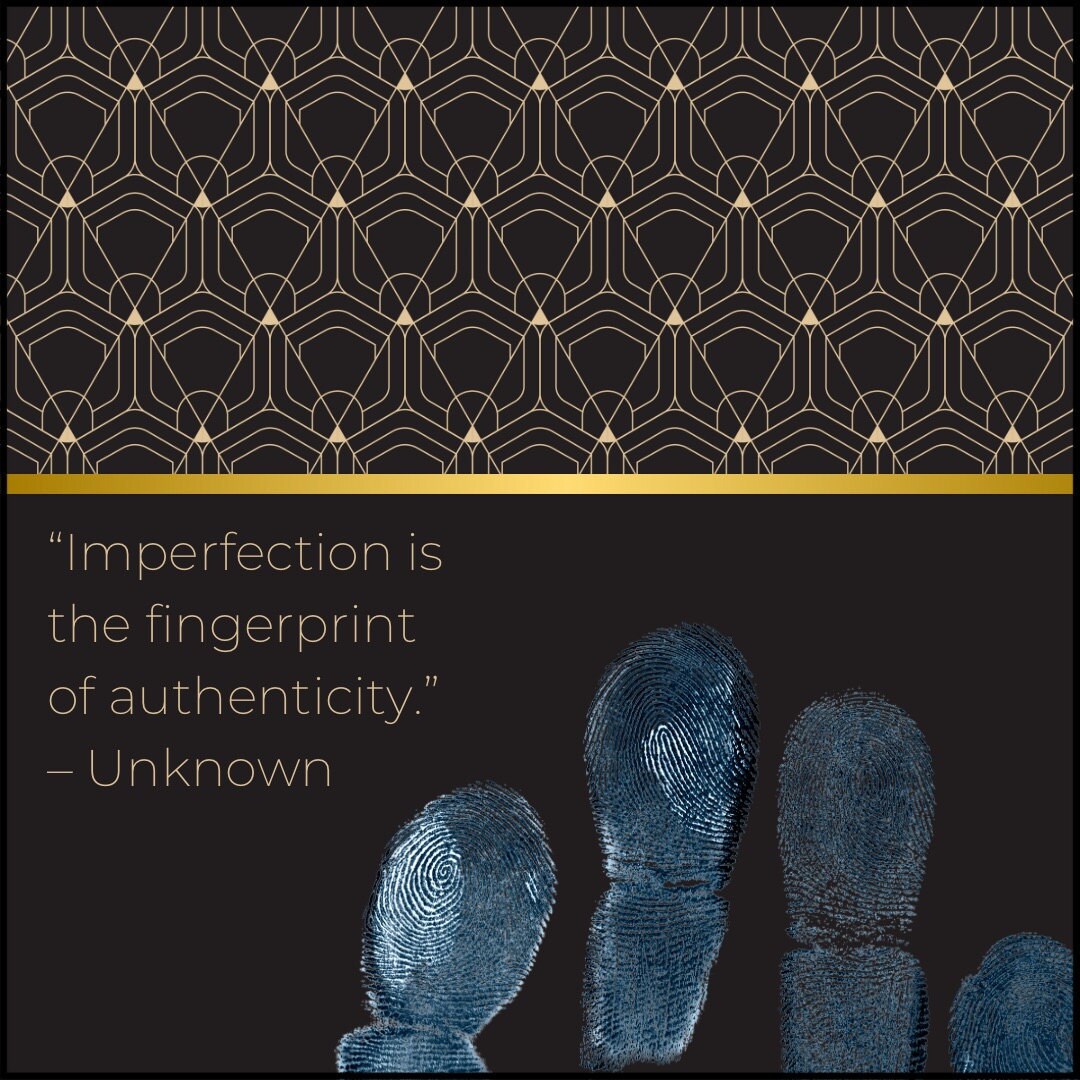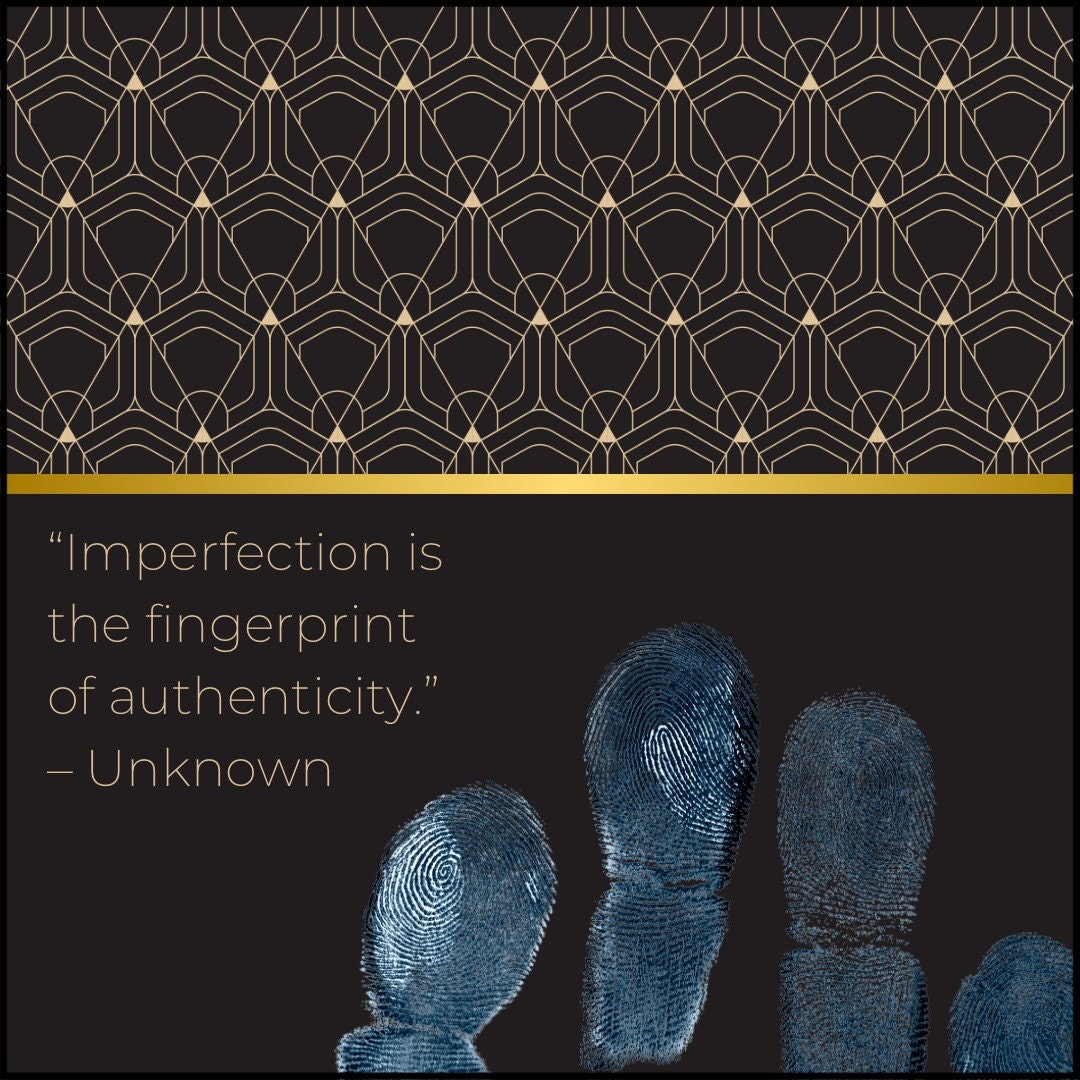
The Power of Self-Love in Authentic Creativity
Have you ever felt like your creativity is being held back—not by skill or talent, but by self-doubt? Like you’re filtering your ideas through an invisible layer of “What will people think?” or “Is this good enough?” If so, you’re not alone.
Authenticity—the ability to create and express yourself freely, without fear—can feel like a luxury in a world that constantly pressures us to fit in. But here’s the truth: your most powerful, beautiful, and meaningful work comes when you embrace yourself fully. And that starts with self-love.
Why Self-Love is the Foundation of Authenticity
Self-love isn’t about being perfect or always feeling confident. It’s about accepting yourself as you are—your quirks, your past, your emotions, and your creative instincts. When you give yourself that kind of grace, something incredible happens: you stop creating from a place of fear and start creating from a place of truth.
Psychologist Carl Rogers, one of the pioneers of humanistic psychology, believed that when we live in alignment with our true selves (instead of who we think we “should” be), we experience deeper fulfillment and creative flow. This is called congruence—the harmony between your inner truth and outer expression.
But what happens when we’re afraid to be fully seen? When we silence our true voice to fit expectations? That’s called self-alienation, and it’s a creativity killer. It’s what happens when we let fear—fear of judgment, failure, or even our own emotions—keep us from expressing what’s really inside us.
The good news? You don’t have to live that way. You can unlearn self-doubt and reconnect with the creative energy that is uniquely yours.
The Science Behind Authenticity and Creativity
Your brain is wired for creativity, but only when it feels safe to explore. When you suppress your real thoughts or ideas out of fear, the prefrontal cortex (the part of the brain responsible for self-monitoring) kicks into overdrive. This shuts down your brain’s default mode network (DMN)—the system that sparks imagination, deep thinking, and artistic vision (Beaty et al.).
On the flip side, when you allow yourself to create freely—without overanalyzing or self-editing—the dopaminergic system (which controls motivation and pleasure) lights up. That’s why authentic creativity feels exhilarating—it’s literally your brain rewarding you for being yourself!
Studies have also shown that people who embrace self-love and self-acceptance have stronger connectivity between their limbic system (which processes emotions) and their prefrontal cortex (which channels those emotions into conscious thought). This means that when you accept and express your true emotions, your creativity becomes richer, deeper, and more powerful (Liu et al.).
How Authenticity Makes Your Art More Powerful
Think about the artists, writers, and creators who move you the most. What makes their work unforgettable? It’s not just technical skill—it’s the raw, honest emotion behind it. Authenticity gives your work a soul.
When you create from a place of self-love, you’re not just making art—you’re making connection. People resonate with realness. They don’t want perfection; they want truth. And only you can tell your truth.
How to Cultivate Self-Love and Unlock Authentic Creativity
If self-doubt or fear of judgment has been holding you back, here are a few ways to shift into a place of confidence and creative freedom:
1. Give Yourself Permission to Be Imperfect
Perfectionism is the enemy of authenticity. Let yourself create messy, unpolished, experimental work. Give yourself permission to try things that might fail—because even in the failures, you’re finding your real voice.
2. Stop Filtering Yourself
Notice when you start second-guessing yourself. Are you hesitating to share an idea because you’re afraid of what others will think? Are you editing your work to fit an imaginary mold? Challenge those thoughts. Your unique perspective is what makes your art powerful.
3. Connect With Your Emotions
Authentic creativity comes from within. Take time to journal, meditate, or simply sit with your emotions. What’s really on your heart? What are you afraid to say? What story are you longing to tell?
4. Surround Yourself With Supportive People
Creativity thrives in a safe environment. Find people who uplift and encourage your authenticity—whether that’s a creative community, a mentor, or friends who understand your artistic journey.
5. Create Just for You
Not everything you create has to be shared or monetized. Make something just for the joy of it. Paint, write, design, or build something that is purely for you, without worrying about how it will be received.
Let’s Talk! I’d love to hear from you!
- What holds you back from creating authentically?
- Have you ever made something that felt truly, deeply you? How did it feel?
- Who are some artists or creators whose authenticity inspires you?
Let’s support each other in this journey of self-love and fearless creativity!
Get out there and be all of you today! I believe in you!
Vichelle
Great Videos to support your journey:
Brené Brown: Listening to Shame
Brené Brown: The Power Of Vulnerability
Works Cited
Beaty, Roger E., et al. “Robust Prediction of Individual Creative Ability from Brain Functional Connectivity.” Proceedings of the National Academy of Sciences, vol. 115, no. 5, 2018, pp. 1087–1092. https://www.pnas.org/doi/full/10.1073/pnas.1713532115.
Brown, Brené. The Gifts of Imperfection: Let Go of Who You Think You’re Supposed to Be and Embrace Who You Are. Hazelden Publishing, 2010.
Liu, Shuang, et al. “Dopaminergic Modulation of Creative Idea Generation.” NeuroImage, vol. 59, no. 4, 2012, pp. 3389–3395. https://doi.org/10.1016/j.neuroimage.2011.11.057.
Neff, Kristin. “The Research – Self-Compassion.” Self-Compassion.org, 2003. https://self-compassion.org/the-research/.
Rogers, Carl R. On Becoming a Person: A Therapist’s View of Psychotherapy. Houghton Mifflin, 1961.
